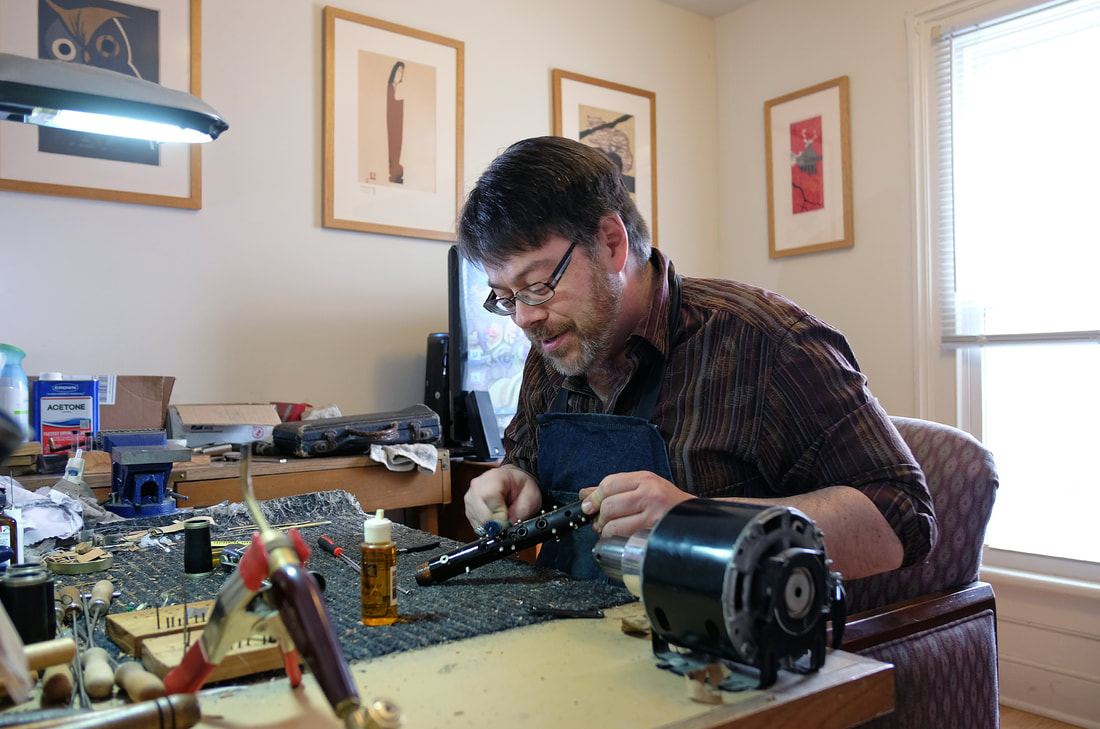 In my 10 years of clarinet restoration, I've dealt with a lot of old clarinets and, naturally, a lot of Buffets. As one of the most expensive clarinets out there, and one of the most highly regarded, I'm amazed at the plating problems that I've seen in instruments dating from the 1960's forward! Buffets from WWII, WWI and even earlier restore beautifully: their solid nickel alloy keys buff to a warm glow and retain it well, even with regular use. The Buffets from the 60's forward on which I've worked show almost unvarying moderate to severe plating wear and, in the case of one from the 80's that I saw recently, even peeling from plating that failed to bond to the base metal - and this on a clarinet in A that must've cost someone the price of a decent used car! I frequently work on Conn Pan American clarinets from the 40's and 50's - you know, the colorful ones made of cocobolo plywood when granadilla was in short supply? They are great playing horns, rarely crack, have locking screws tapped into the posts to help keep the main screws from backing out and, oh yes, plated keys. Except the plating is rarely worn through, in my experience, and this on a 'student grade' horn built 20-40 years before the average Buffet with plated keys! What was Conn's secret and can Buffet figure out how to copy it on newer horns costing far more? I'd be interested to hear from others with experience with this problem as to the cause of this and why Buffet has felt justified in doing this level of work on what are advertised and regarded as pro instruments? If I were to sell a customer a recent production Buffet, I'd like to know that it would still look good when I retire. Generally, I recommend a Penzel Mueller instead....
2 Comments
|
Archives
February 2024
AuthorThe Licorice Shtick Blog is the creation of the Vintage Clarinet Doctor, a Winston Salem, NC based woodwind instrument repair shop specializing in vintage and antique clarinets, saxophones, and the occasional flute. Categories |

 RSS Feed
RSS Feed